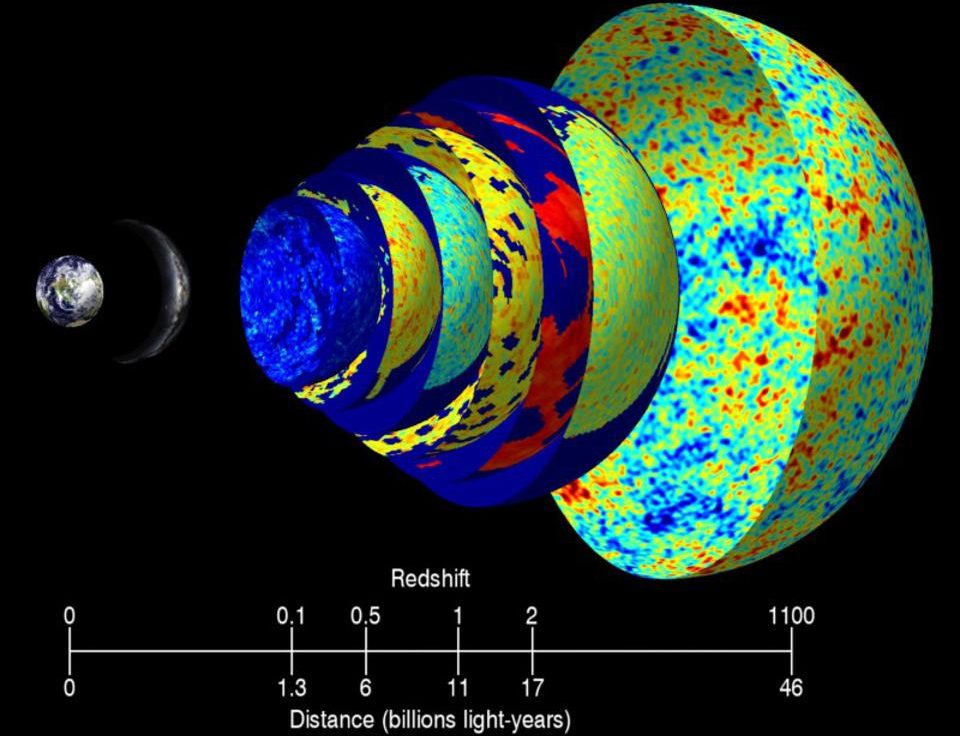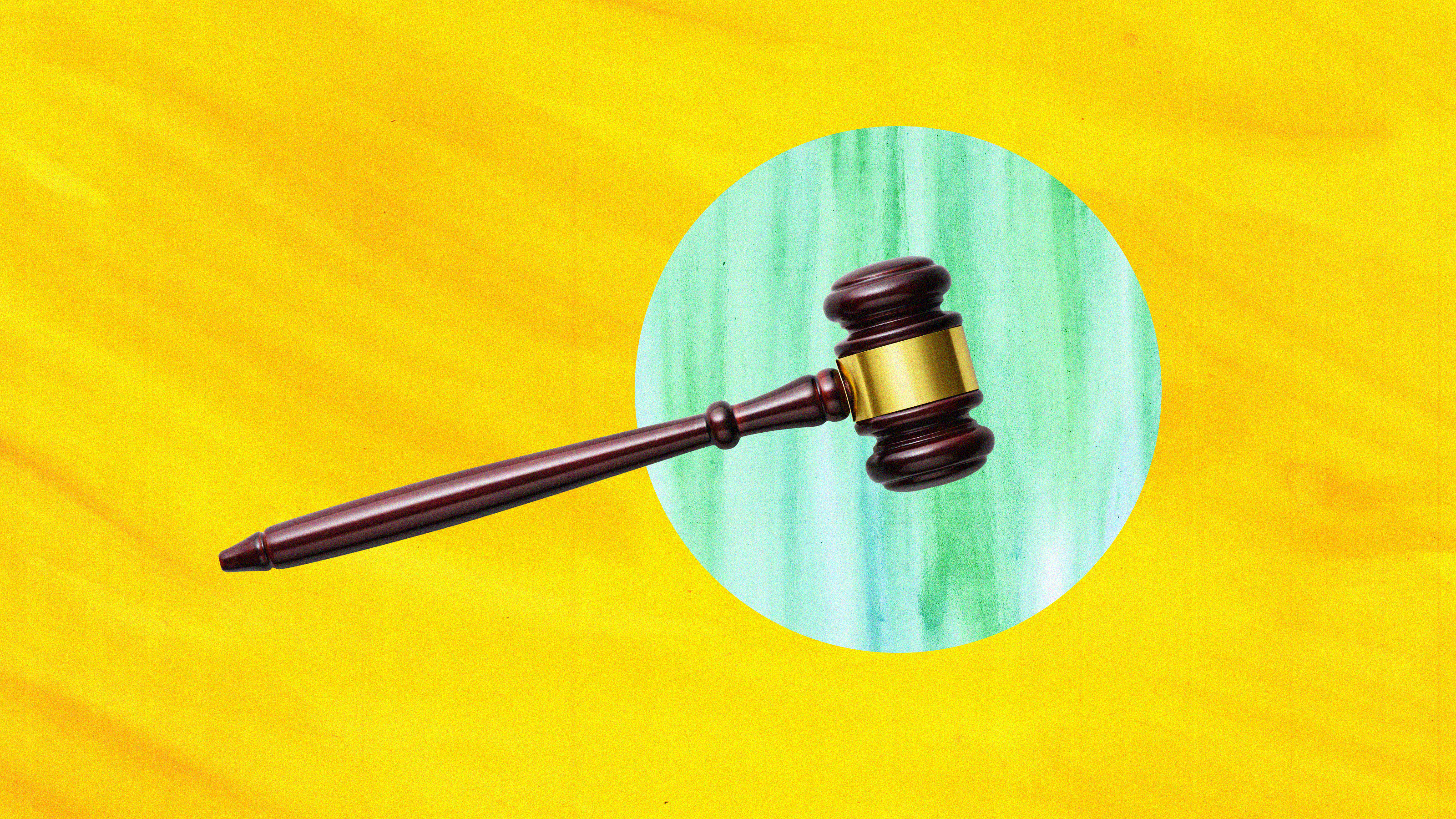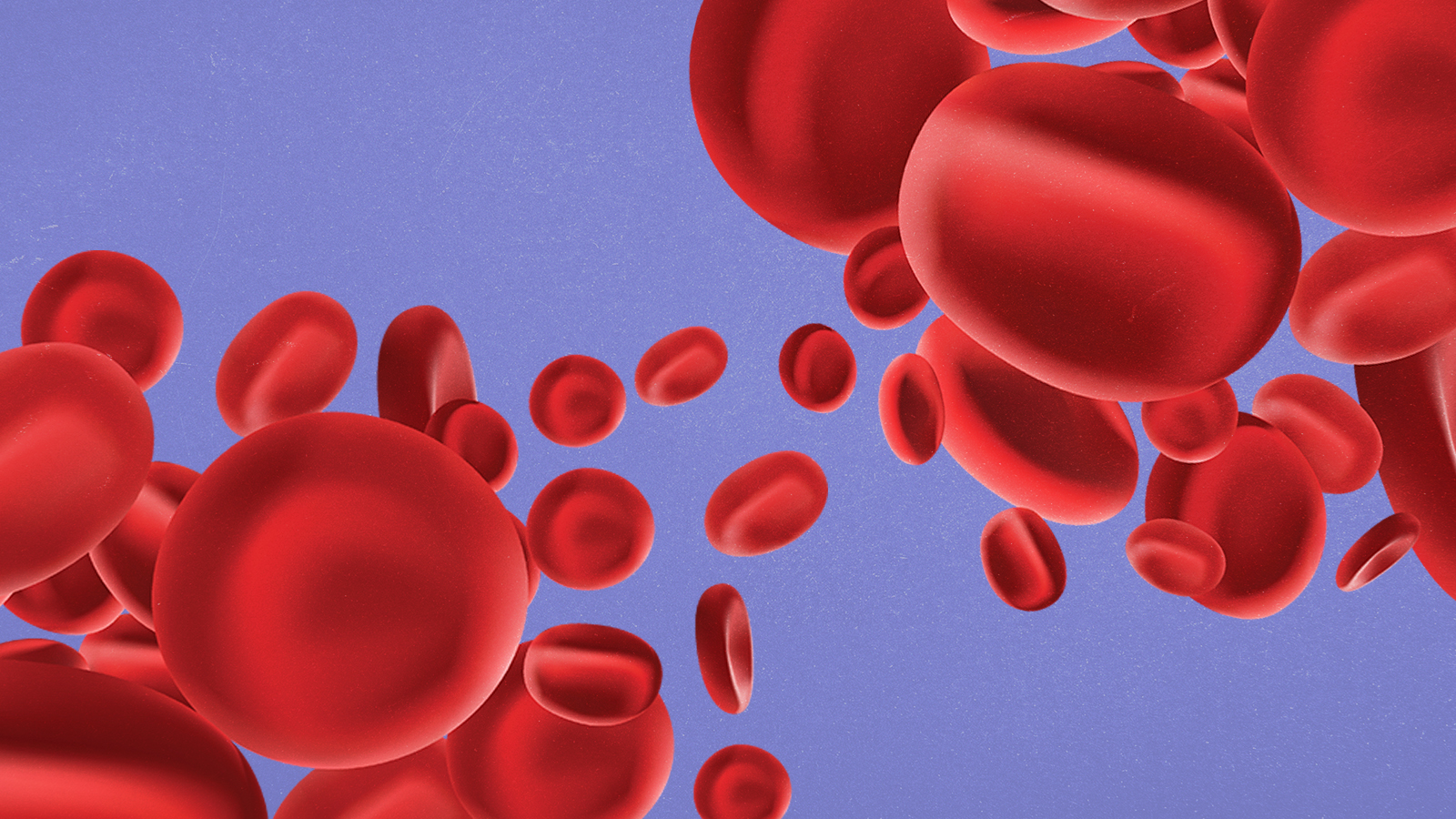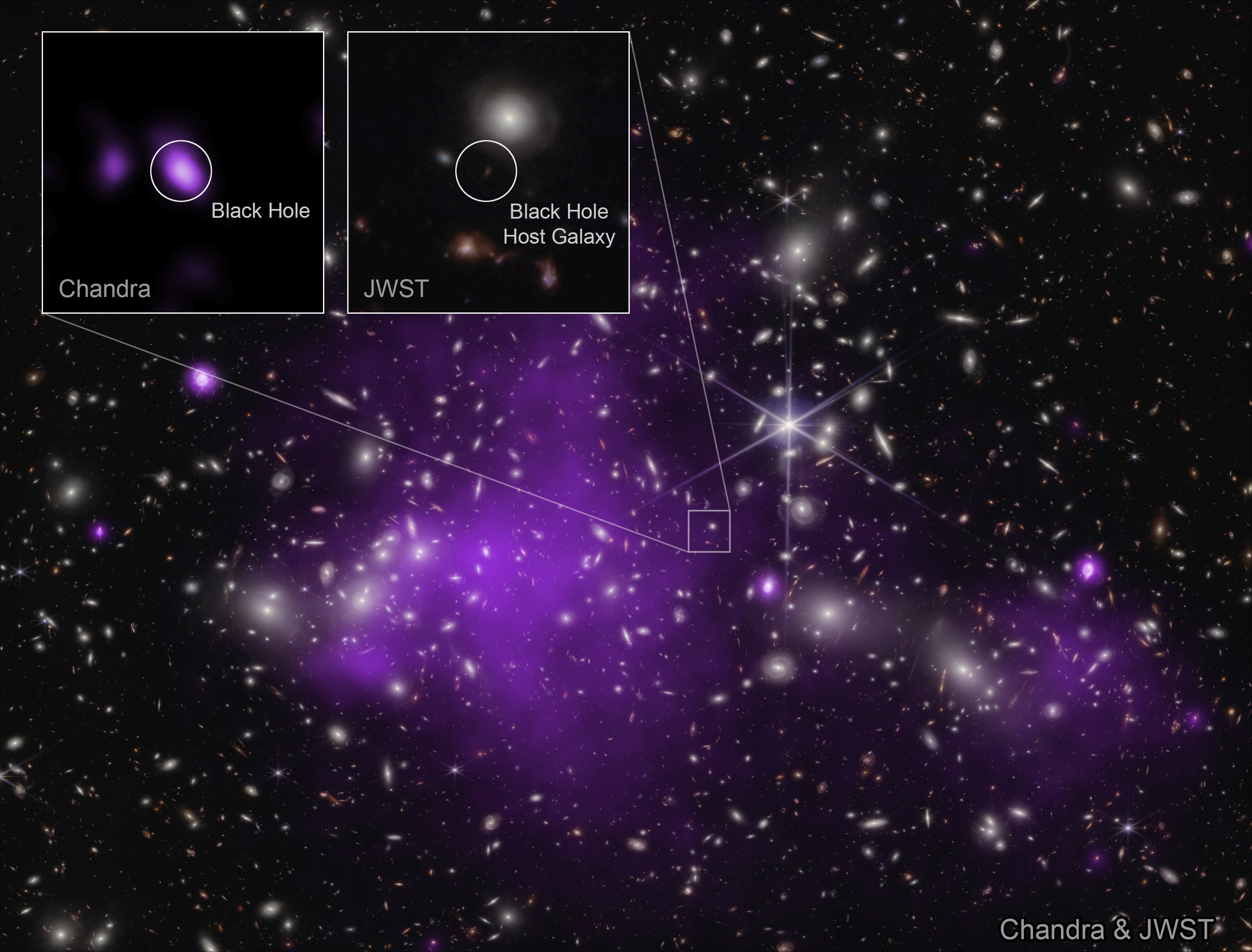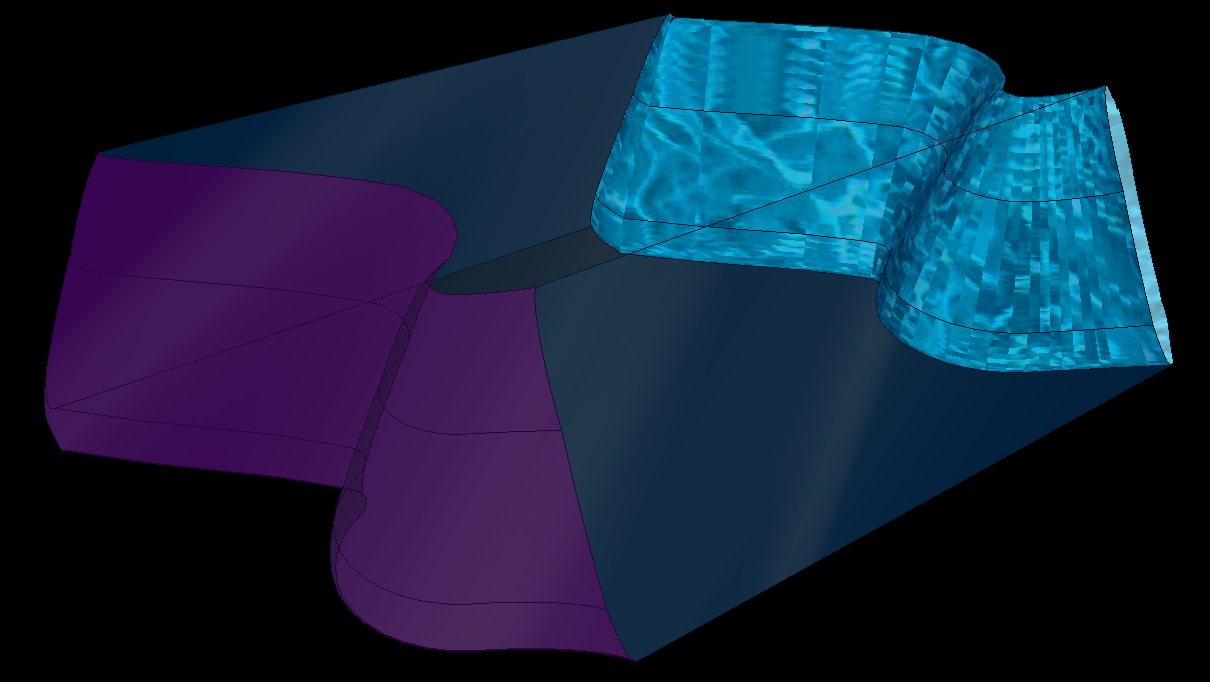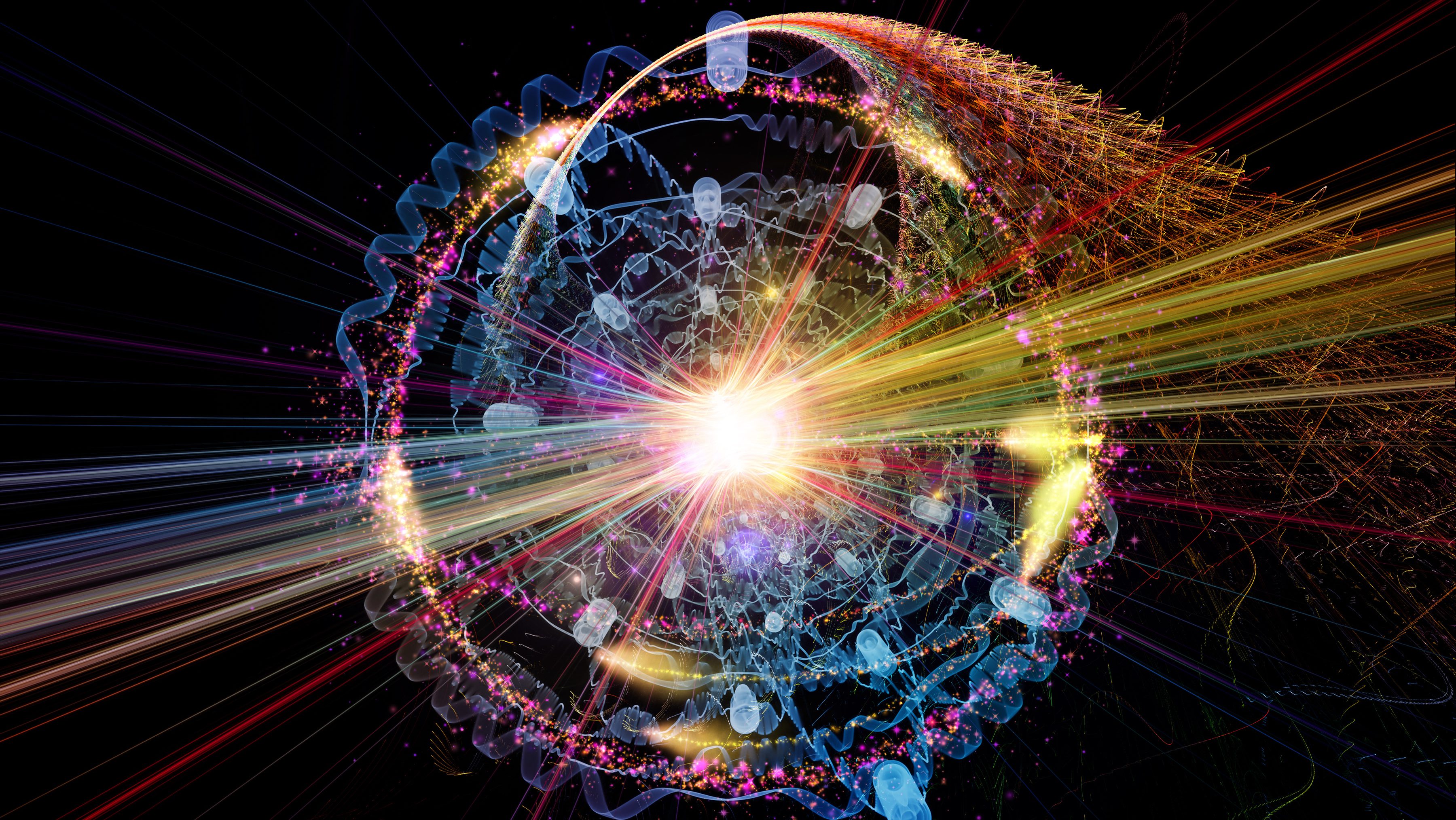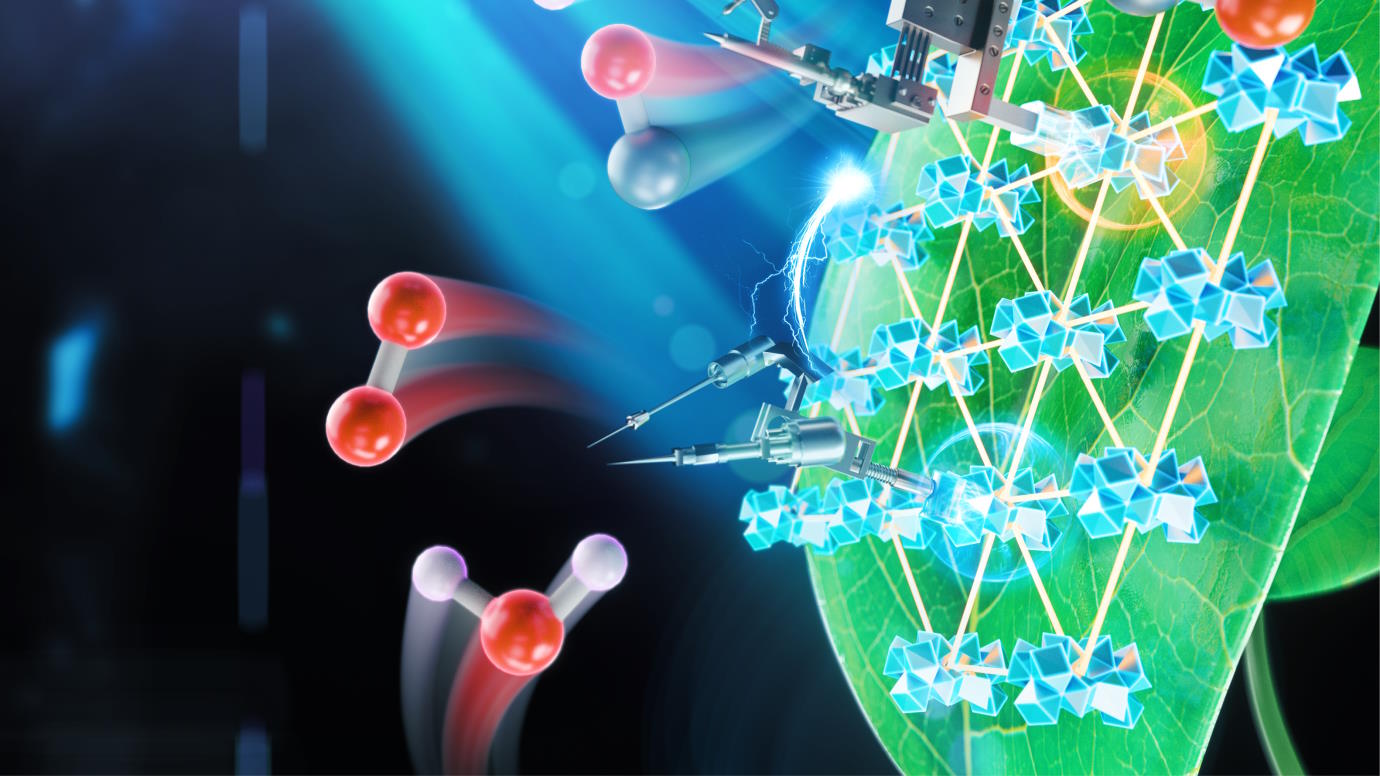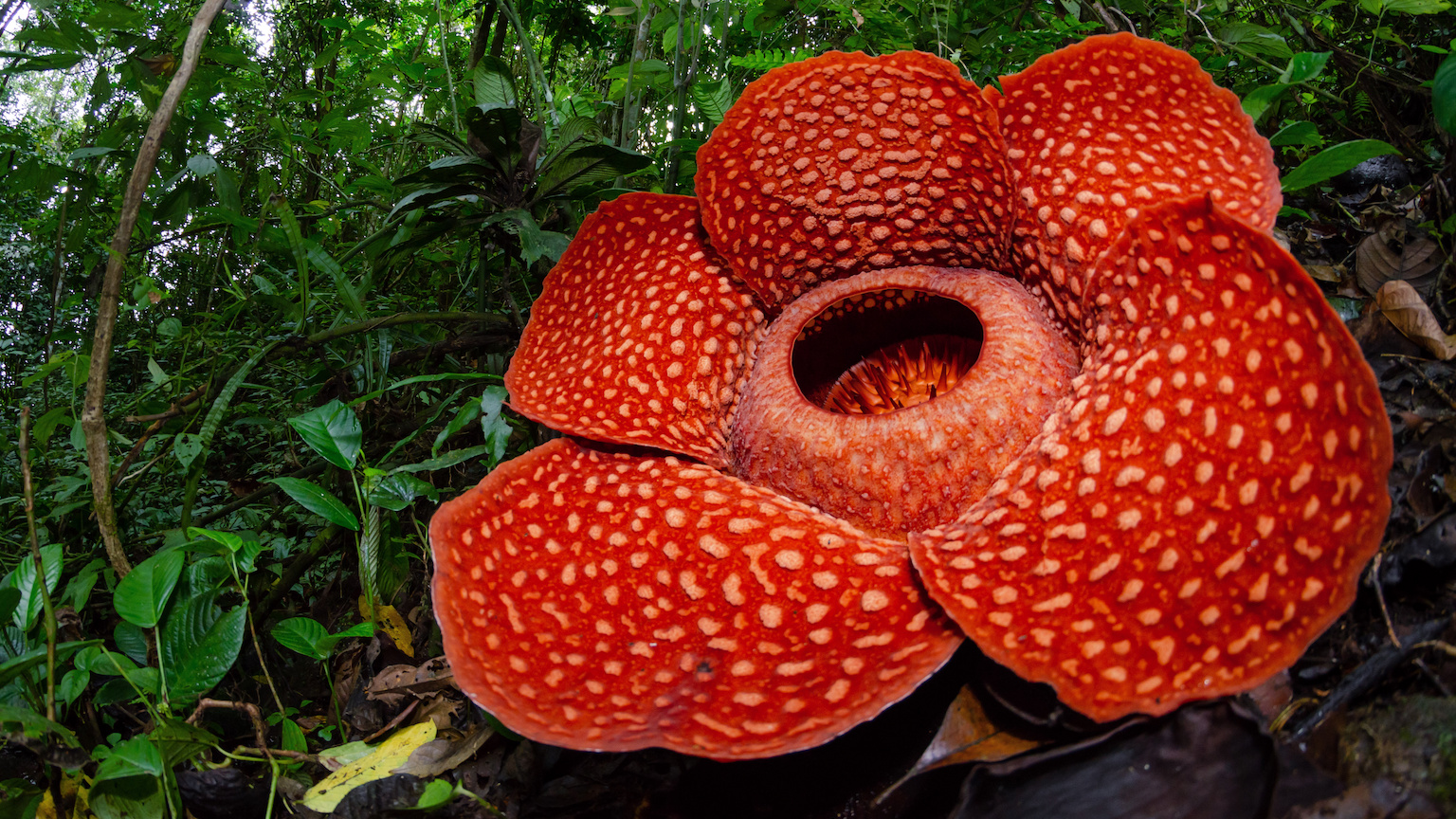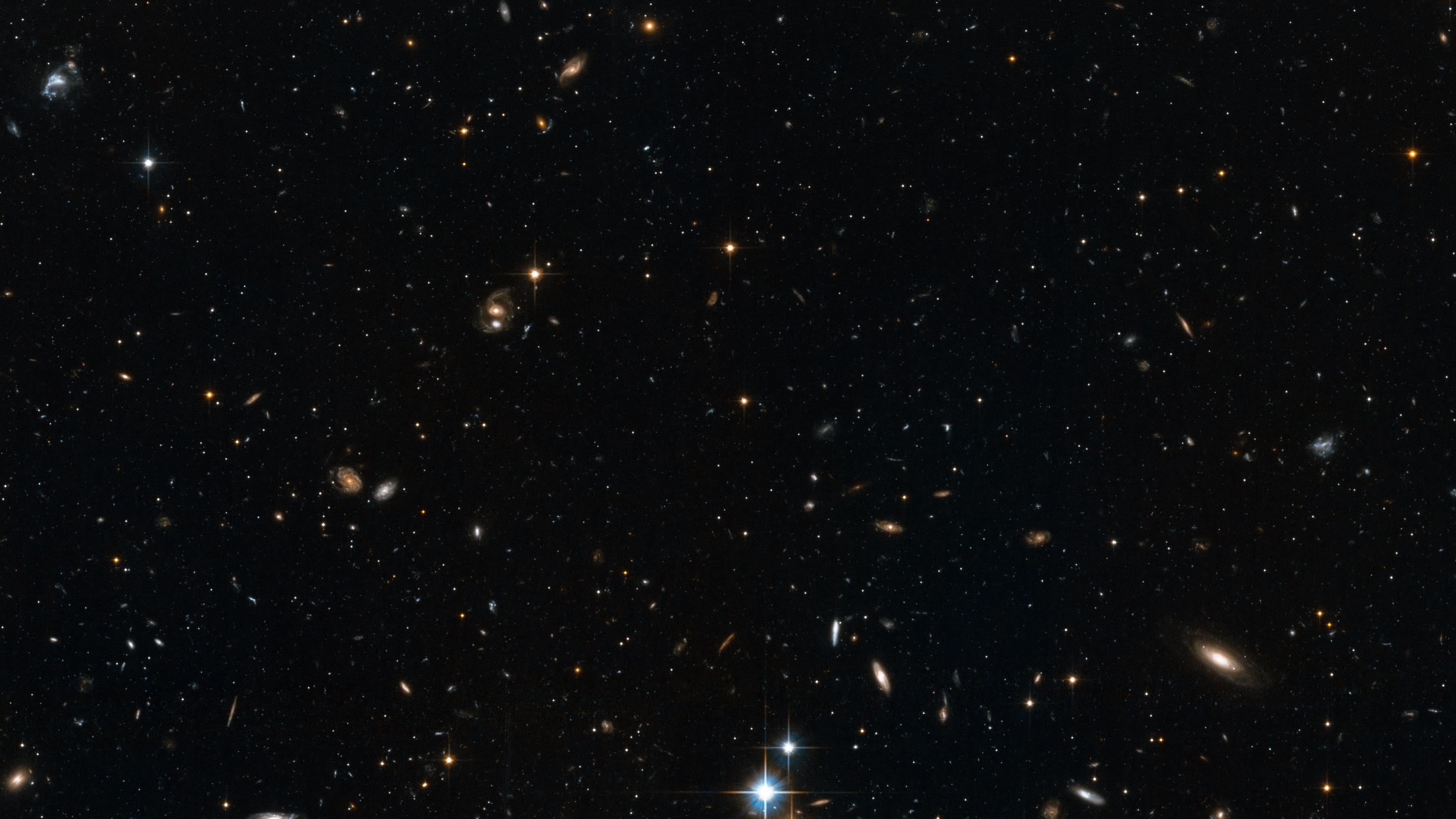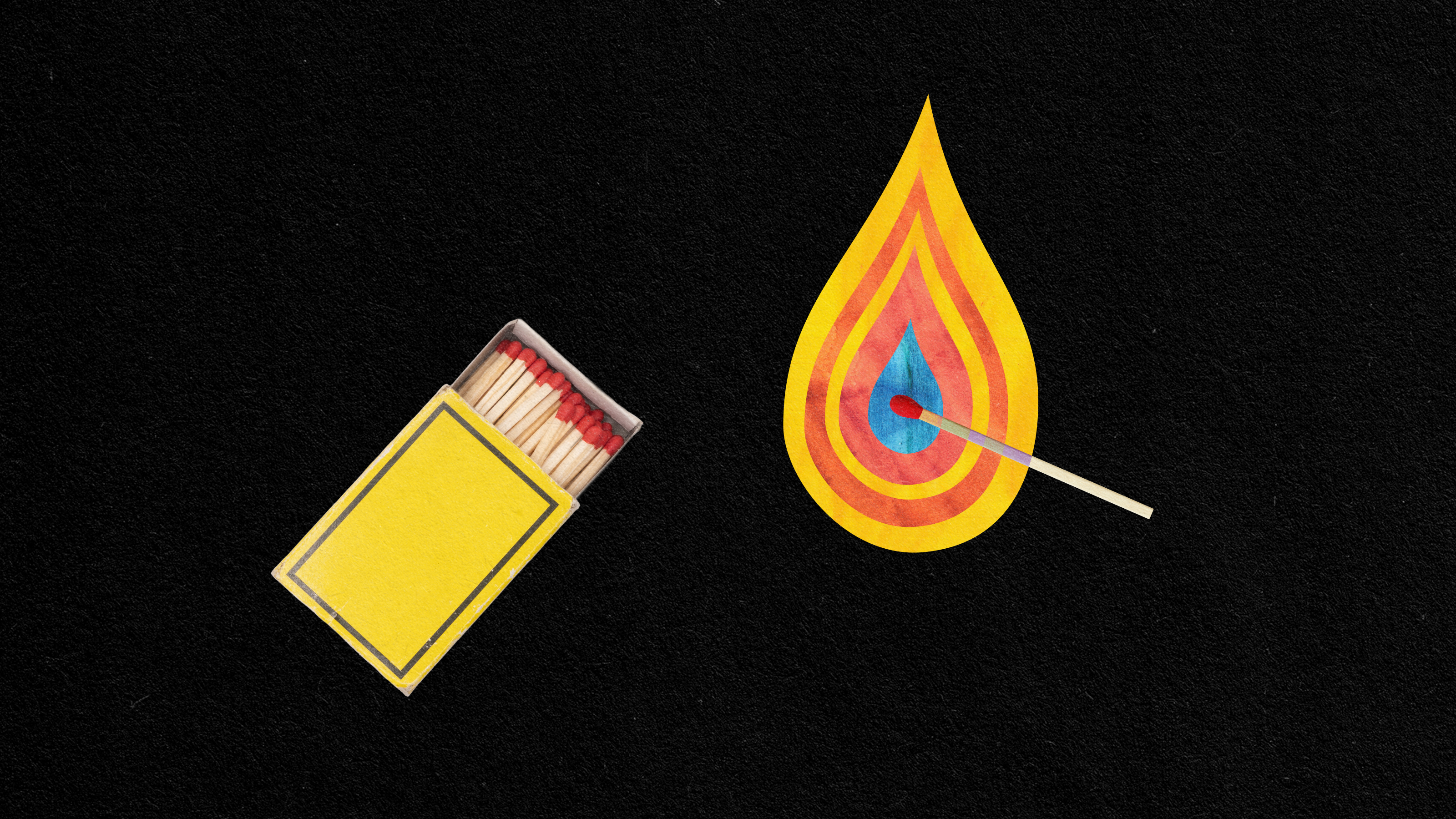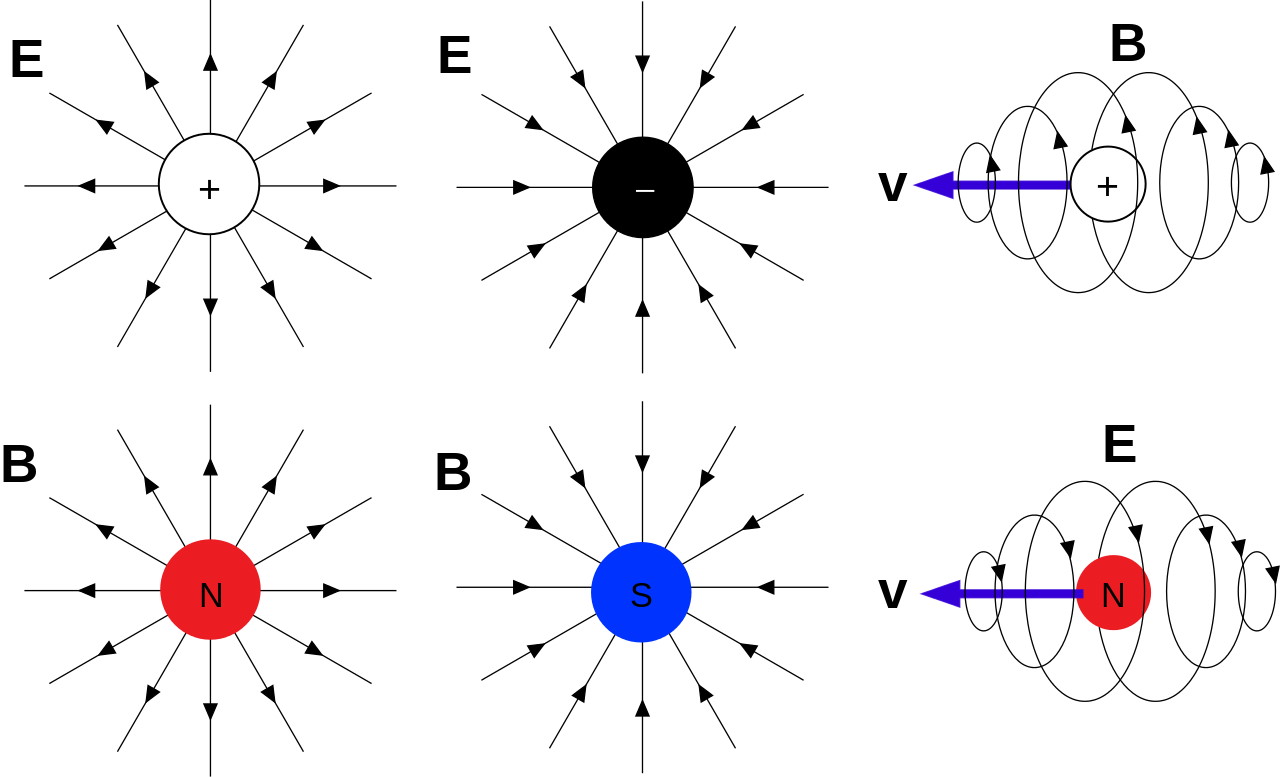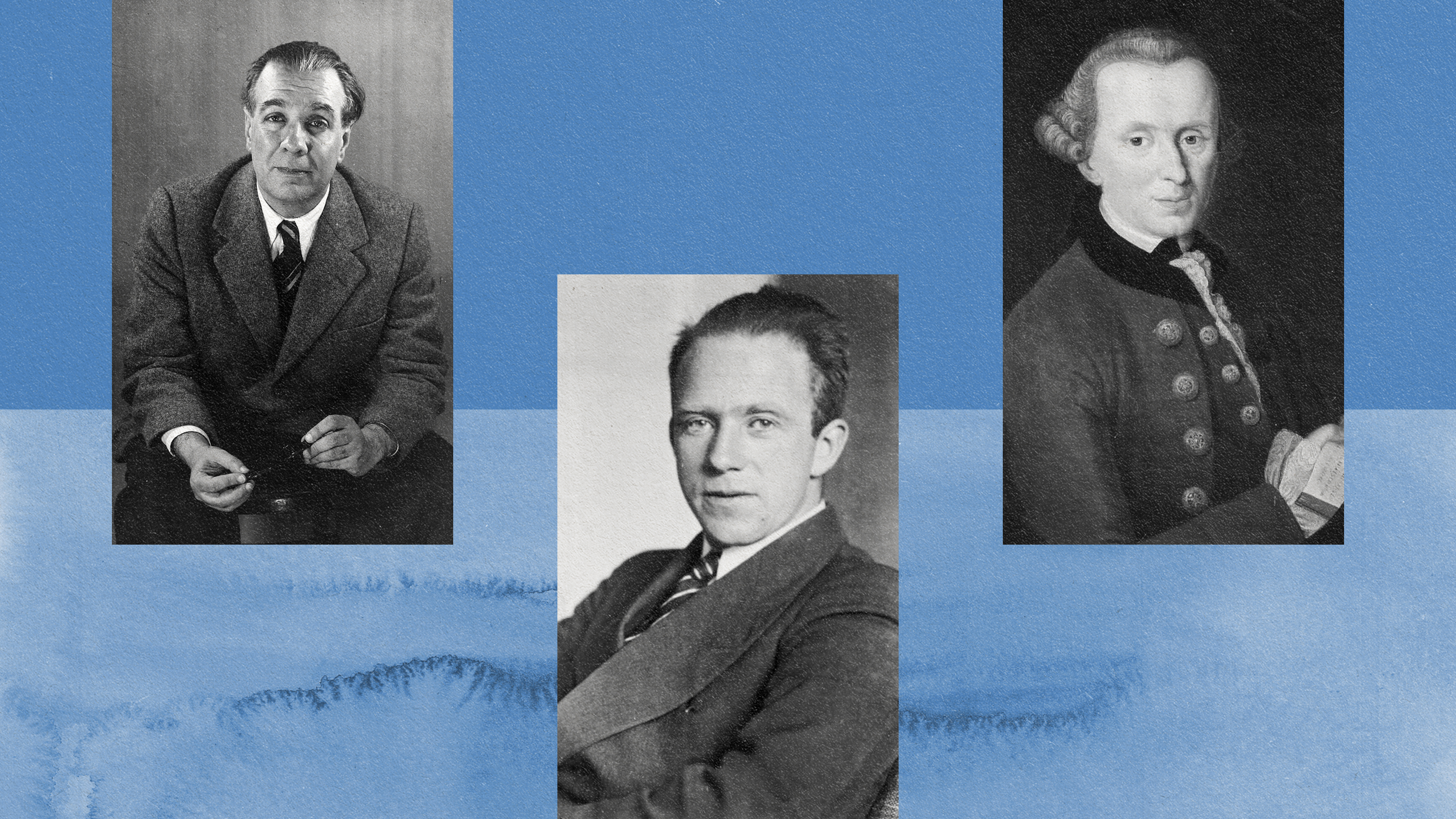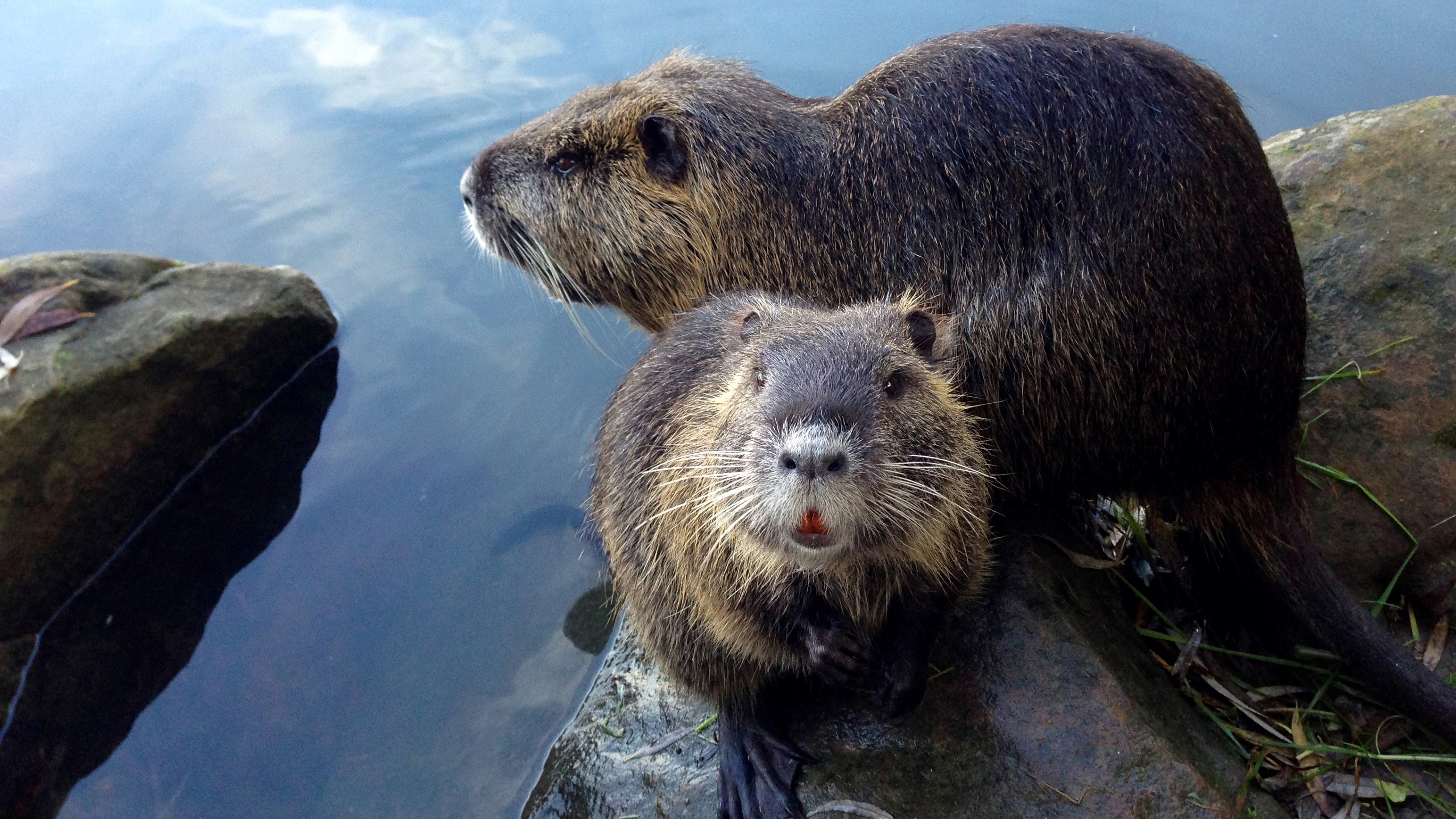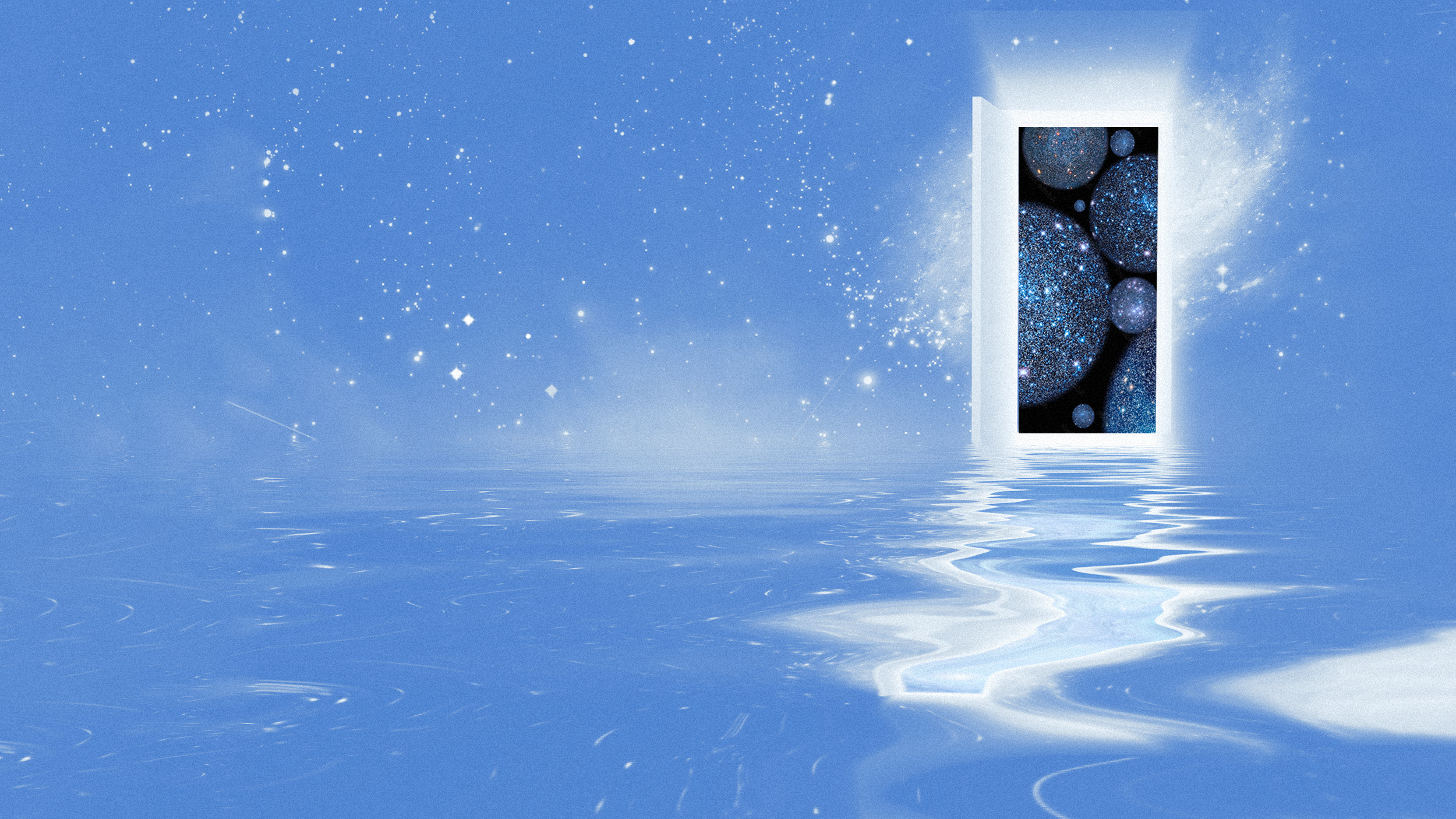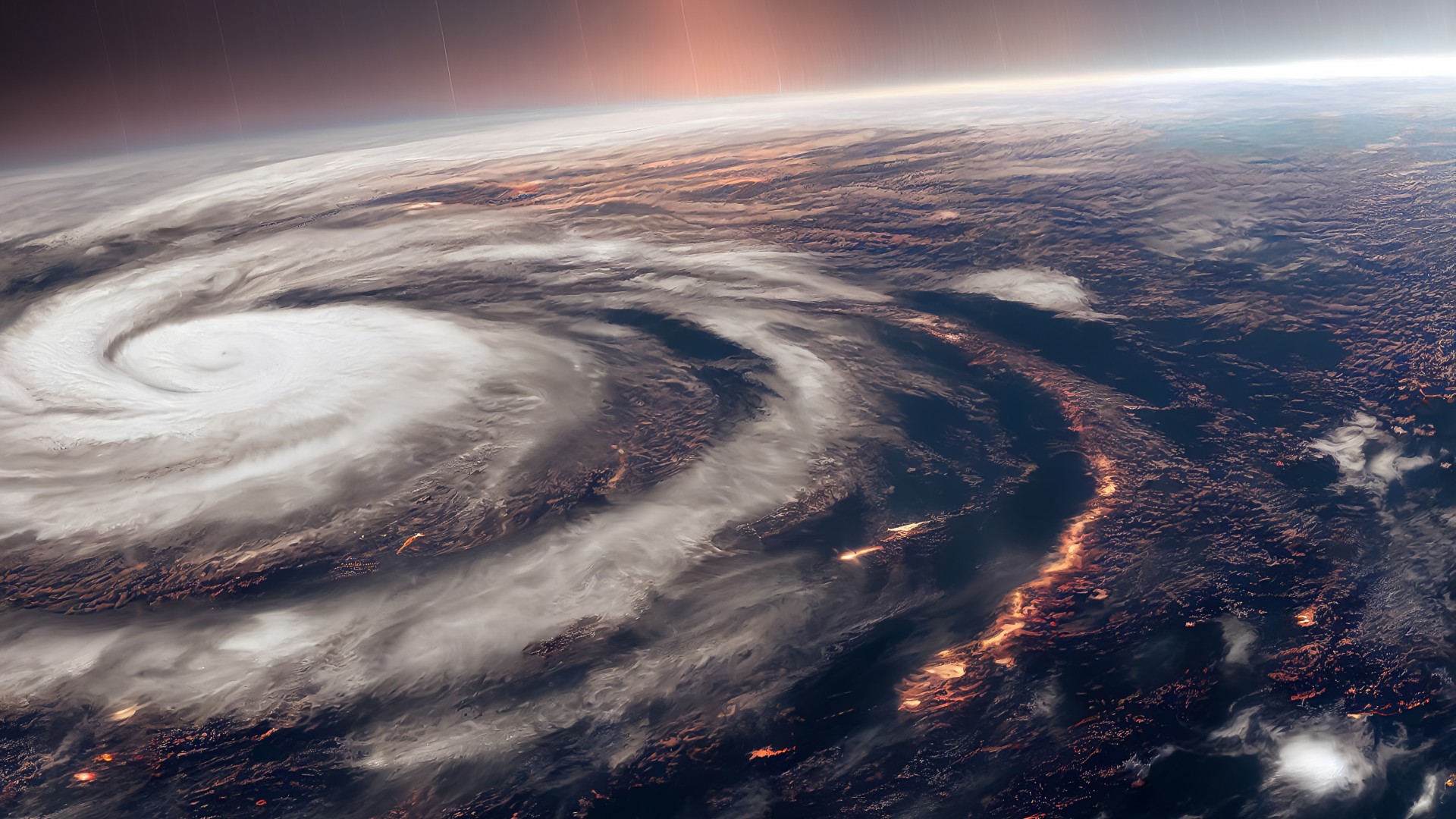We frequently say it’s 2.725 K: from the light left over all the way from the Big Bang. But that’s not all that’s in the Universe.
Search Results
You searched for: Structure
The plant-like sea creatures contain a molecule that improves memory, learning, and even hair quality, according to a new study in mice.
Memory, responsibility, and mental maturity have long been difficult to describe objectively, but neuroscientists are starting to detect patterns. Coming soon to a courtroom near you?
One of the most original and optimistic thinkers in America sketches some big ideas about what’s possible with AI in the next 25 years.
New blood types are regularly discovered by an unusual absence or an unusual presence — both of which can result in tragedy.
Filaments, hundreds of millions of light-years long, were just caught spinning. In our own cosmic backyard, everything we see spins, rotates, and revolves in some fashion or other. Our planet […]
Meditation can put you in a wiser relationship with life.
Neutrons can be stable when bound into an atomic nucleus, but free neutrons decay away in mere minutes. So how are neutron stars stable?
No. No no no. Just… no. The JWST has truly blown our scientific minds, but it’s a pure crackpot idea that the Big Bang is now disproven.
Dark matter hasn’t been directly detected, but some form of invisible matter is clearly gravitating. Could the graviton hold the answer?
A brief guide to habits that separate deep understanding from superficial knowledge — and how to cultivate them.
An effect called the “urban heat island” means that temperatures are often 10 degrees higher in cities, according to NASA.
With JWST, Chandra, and gravitational lensing combined, evidence has emerged for the earliest black hole ever. And wow, is it a surprise!
Three fundamental forces matter inside an atom, but gravity is mind-bogglingly weak on those scales. Could extra dimensions explain why?
Practically all of the matter we see and interact with is made of atoms, which are mostly empty space. Then why is reality so… solid?
All biological systems are wildly disordered. Yet somehow, that disorder enables plant photosynthesis to be nearly 100% efficient.
Parasites aren’t limited to just worms and ticks. Even some plants like to feed off others — and they perhaps could help fight invasive species.
The Universe is precisely dated at 13.8 billion years old, but astronomers claim the Methuselah star is 14.5 billion years old. What gives?
Scott Dikkers discusses comedy, the creative process, and life lessons learned playing peekaboo.
Financial illiteracy can become a significant problem. But it’s a problem with a clear solution.
Magnetic monopoles began as a mere theoretical curiosity. They might hold the key to understanding so much more.
A new book envisions an encounter of minds between the Argentinian writer Jorge Luis Borges, the physicist Werner Heisenberg, and the philosopher Immanuel Kant.
Letting nature’s expert engineers lead the way.
Do the laws of physics place a hard limit on how far technology can advance, or can we re-write those laws?
As a physician, John Pringle helped reinvent hygiene; as a husband, he destroyed a woman’s life with his abuse.
Made from concrete, it cost 15% less per square foot to construct than a typical house.
Why do some corporate training programs fail? Here are five reasons.
An interview with CRISPR co-discoverer and Nobel Prize-winner Dr. Jennifer Doudna.
Retired astronaut Ron Garan believes that before we can begin solving our problems, we must understand our interrelatedness through the “orbital perspective.”
Driven by a childhood marked by war and environmental devastation, Dyhia Belhabib developed an innovative technology to combat illegal fishing.
